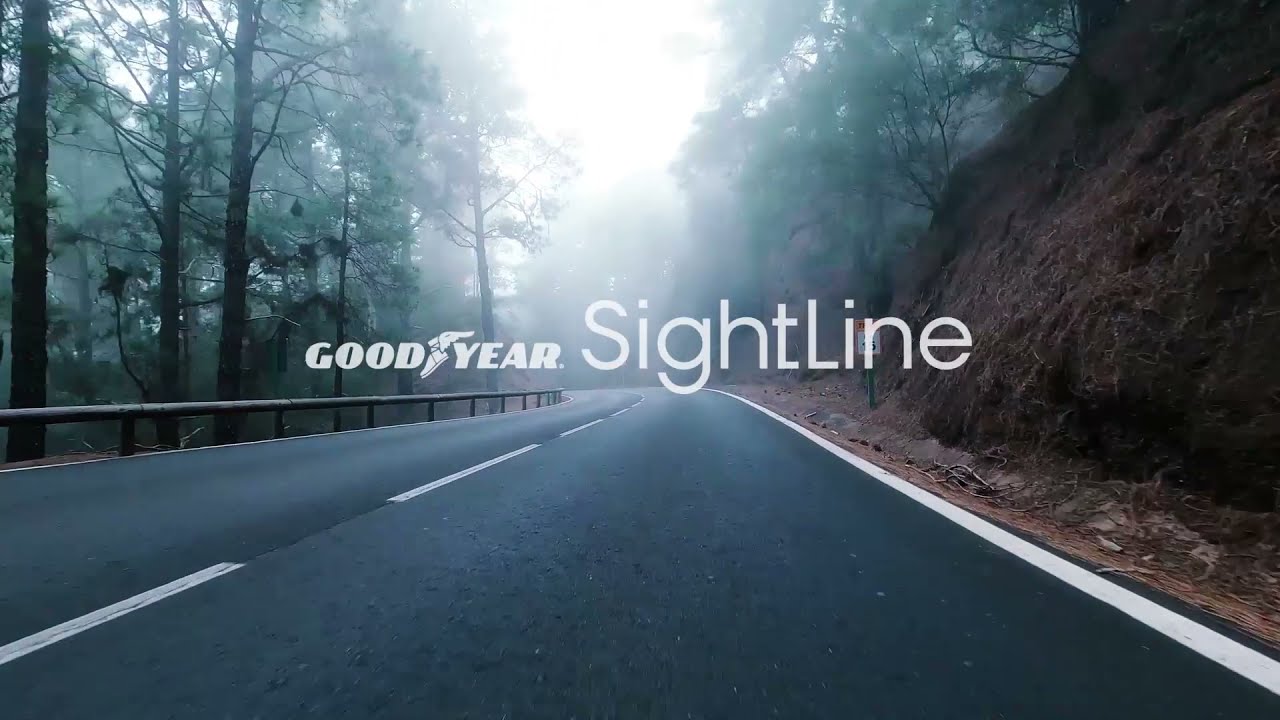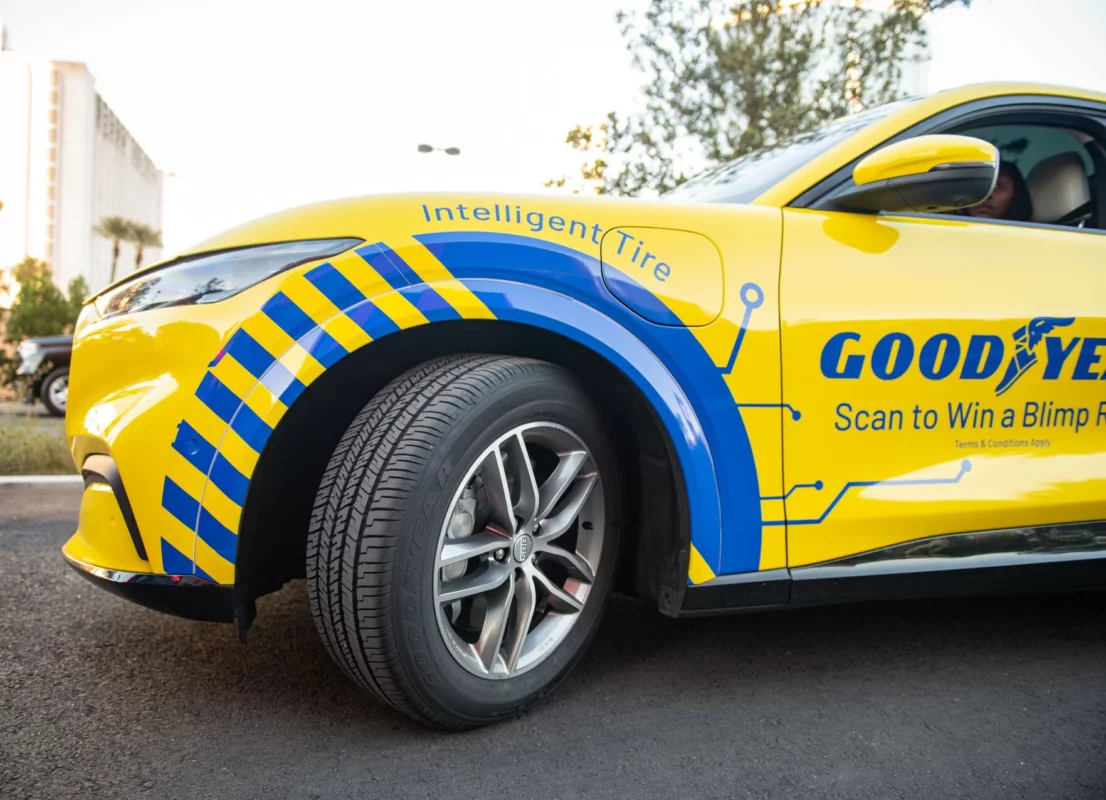SightLine Smart Tires by Goodyear: Revolutionizing AEB

SightLine smart tires, Goodyear’s latest innovation, are transforming vehicle safety by enhancing automatic emergency braking (AEB) systems in slippery conditions. Instead of relying solely on dry-road assumptions, these smart tires use embedded sensors to detect rain, snow, or ice in real-time—providing critical friction data that reduces stopping distances and improves driver safety. Learn more on The Verge’s editorial
Why SightLine Matters Today
Traditional AEB systems rely on generalized assumptions about road grip, applying brakes based on object detection rather than actual road conditions. On dry asphalt, this works well. But when roads are wet or icy, braking distances increase dramatically. SightLine addresses this blind spot by supplying the AEB system with tire and road data. Through embedded sensors that measure tire friction, pressure, and wear—and by tapping vehicle cameras and weather feeds—Goodyear can inform the system precisely when to brake earlier to compensate for reduced traction.
Chris Helsel, Goodyear’s CTO, highlighted that autonomous and driver-assist systems “don’t know” real-world conditions—especially snow or ice. SightLine aims to close that gap by providing precise, data-driven input to enhance braking accuracy and reduce potential crashes.

How SightLine Works: The Tech Behind the Promise
SightLine builds on Goodyear’s 2021 tire intelligence suite, which included air pressure sensing and tread wear monitoring. The 2025 iteration introduces friction detection using embedded sensors in strategic tire zones. This data is sent to the vehicle’s onboard computer through the CAN bus, Bluetooth, or cellular connection, allowing real-time AEB adjustment.
TNO’s advanced algorithms help the system interpret tire contact-patch behavior under different conditions. During controlled wet-road testing at CES, the SightLine-enhanced AEB system activated braking earlier, cutting stopping distances by up to six feet at speeds close to 80 km/h—bringing a powerful improvement to road safety.
Regulatory Impact and Market Potential
The timing couldn’t be better. The U.S. National Highway Traffic Safety Administration (NHTSA) has mandated AEB on all new vehicles by 2029. Automakers have voiced concerns about the technology’s readiness—particularly in wet or icy conditions. Goodyear’s SightLine offers a solution by improving AEB reliability across a wider range of environments.
For automakers, integrating SightLine into vehicle platforms could become a competitive advantage at a relatively low integration cost. Its compatibility with existing ECU standards makes implementation simple. That makes it attractive to both legacy OEMs and emerging AV companies focused on safety in all weather conditions.
Future Outlook On Smart Tires: Beyond Wet Roads

While the initial focus is on enhancing AEB, the SightLine technology paves the way for broader intelligent tire applications:
- ABS Enhancement: In conjunction with tire sensors, ABS controllers can be dynamically tuned to optimize stopping power and control across tire wear levels and road conditions. 🔗
- Autonomous Vehicles: Fully automated systems, like Waymo’s fleet, currently limit operations to dry environments. SightLine offers the ability to confidently expand into snow-prone regions by providing precise traction data.
- Connected Tire Ecosystem: Vision aligns with Goodyear’s Tire Intelligence platform—featuring self-inflating functions, remote diagnostics, and future adaptive tread systems.
Why Consumers and Fleet Managers Should Care
For everyday drivers, SightLine may not be visible, but its impact is. By improving emergency braking response, it reduces risk in rain-, snow-, and ice-prone areas. The reduction in collision risk near 50 mph speeds is significant—potentially saving lives and cutting insurance claims.
Fleet operators—especially in logistics, ride-share, and public transport—can benefit from fewer minor accidents, reduced downtime, and lower maintenance costs as smarter tires help monitor tread and inflation automatically.
On a broader scale, safer roads foster further acceptance of EVs, ADAS, and autonomous vehicles. SightLine adds another layer of reliability and consumer confidence.
